
With several major events in the weather community coming up, here are eight things you need to know about NOAA’s National Severe Storms Laboratory.

With several major events in the weather community coming up, here are eight things you need to know about NOAA’s National Severe Storms Laboratory.
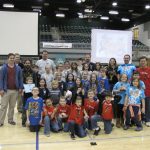
Two Oklahoma City robotics teams with National Weather Center ties will join more than 10,000 students from around the globe as Oklahoma’s representatives at the FIRST® (For Inspiration and Recognition of Science and Technology) Championship at the Edward Jones Dome in St. Louis, April 23-26, 2014.
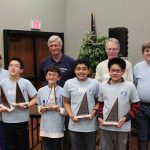
The Whittier Middle School Mathcounts team, coached by Katherine Brooks (assisted by Harold Brooks) won the state championship last weekend!
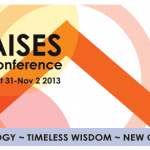
NSSL’s Bob Rabin was a volunteer judge at the American Indian Science and Engineering Society (AISES) National Conference in Denver, Colo., earlier this month. Rabin judged both oral and poster presentations.
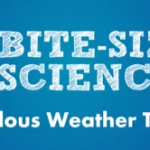
Three new videos have been released in the “Bite Sized Science” YouTube series, with two more in the works. Check them out here!

The latest video in the “Bite-Sized Science” series highlights the NOAA Hazardous Weather Testbed 2013 Spring Experiments.
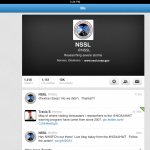
On May 9, 2013 @NSSL snagged our 10,000 Twitter follower! We have 23K folks on Facebook. Thank you so much for your interest in our work. We will keep it coming!
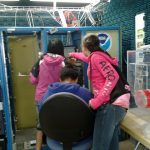
NSSL’s Bob Rabin was in D.C. to support Native Alaskan students as they gave presentations on weather and climate.
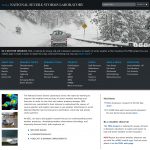
The NOAA National Severe Storms Laboratory has just launched a completely redesigned website to showcase NSSL’s leadership and success in severe weather research.

The NOAA National Severe Storms Laboratory (NSSL), in partnership with the University of Oklahoma and has launched an app where users can anonymously report precipitation from their iPhone or Android through the “mobile Precipitation Identification Near the Ground “mPING” app.